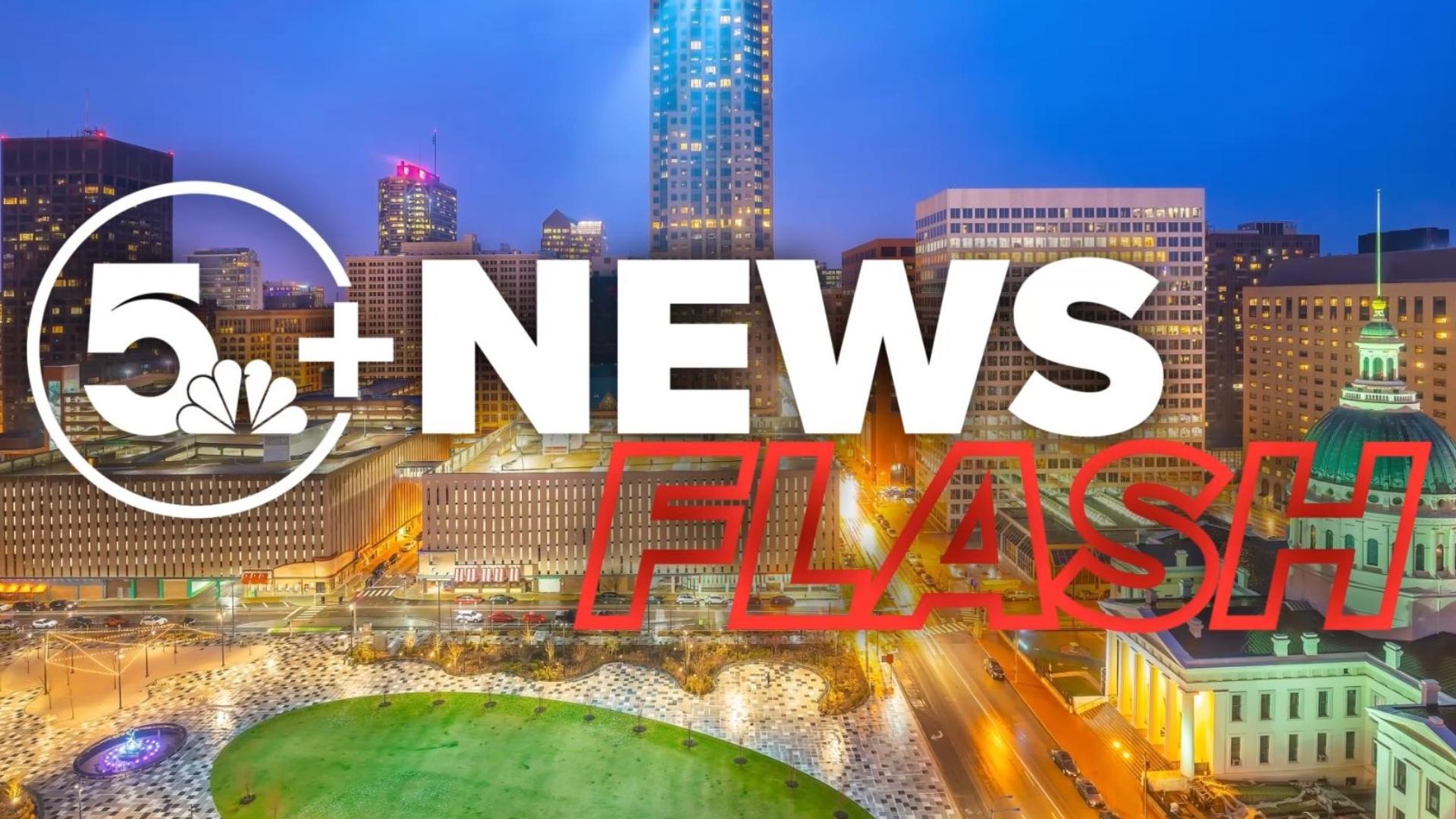The City Museum, the wacky, downtown St. Louis attraction that had been in local hands since it opened in 1997, landed a new out-of-town owner last week when Oklahoma City-based Premier Parks announced its acquisition of the museum.
Premier Parks was launched in 2009 by former Six Flags Chairman Kieran Burke. It operates 10 theme and water parks throughout the U.S. and Canada, including one at the Santa Monica Pier in California.
City Museum, of course, isn't an amusement or theme park, at least not in the traditional sense, making it something of an outlier within Premier Parks' portfolio. The Business Journal recently spoke with Burke to learn a little more about who introduced him to the museum, what made it an attractive acquisition target and how he hopes to export what he called the museum's "magic" to the company's other properties.
How did you learn about the City Museum? To be candid, I wasn’t overly familiar with it, even when I was with Six Flags and I’d be in town for that. An intermediary put me in touch with Dave Jump, City Museum’s owner. That was Brian Glass, managing director of M&A advisory services at Wells Fargo Advisors. It started a couple years ago. It’s been a long and thoughtful process, and involved many visits to the property. Sometimes, I’d go as a civilian in a polo shirt and jeans and just participate in it.
It’s fun coming back to St. Louis. My original Six Flags COO, Gary Story, started in the St. Louis park and went to Bishop DuBourg High School. My kids were involved in tennis, and St. Louis had a very significant tournament in Forest Park. I spent several summers with those guys in the heat.
What stood out when you visited the museum? What really attracts me here is the mission. At a theme park, you’re on rides and you do different things; it’s a shared experience with the people you came with. City Museum is an entirely different experience. When you think about it, the emphasis is on play: building legos, climbing through things. I love watching the diversity. It’s amazing how many kids are on the floor, in tunnels playing together. Children of different ethnicities and religious backgrounds and colors and socioeconomic backgrounds. That’s a powerful thing.
To read more about what could possibly change at the City Museum click here.



